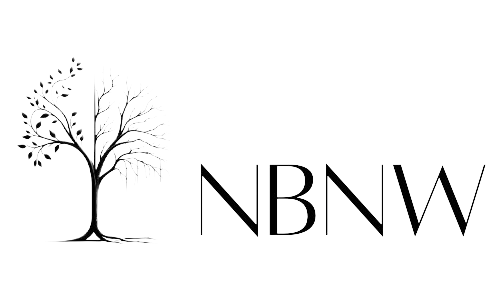

By Asmita - Jul 30, 2025
Australia is set to ban individuals under 16 from creating accounts on major social media platforms, including YouTube, citing concerns over youth online safety. The ban will allow teenagers to watch YouTube content without logging in but restrict functionalities like uploading videos and posting comments. Social media companies face fines for non-compliance, and age verification technologies will be used for enforcement. The decision to include YouTube followed research showing high levels of harmful content on the platform for children aged 10 to 15. Despite pushback from tech companies, the government defends the move as necessary to protect children from online dangers.

YouTube Symbol via Needpix.com
LATEST
Australia’s decision to include YouTube in its pioneering teen social media ban marks a significant shift in digital policy, prompted by growing concerns over youth online safety. The ban, effective December, will prohibit individuals under 16 from creating accounts on platforms such as YouTube, TikTok, Instagram, Facebook, X, and Snapchat. Initially, YouTube had been exempted from this legislation, as its proponents cited its educational benefits and unique position as a video-sharing platform rather than a traditional social media service. However, advocacy from Australia’s internet regulator and mounting evidence of online harms led the government to reverse its stance.
Under the new rules, teenagers will still be able to access and watch YouTube content without logging in, but functionalities requiring an account—like uploading videos, posting comments, and engaging in community features—will be off-limits for them. Social media companies, including YouTube, are now tasked with actively preventing underage users from maintaining or creating new accounts. Failure to comply could result in severe penalties, with fines of up to 50 million Australian dollars (approximately $32 million). Authorities are also exploring age-verification technologies to enforce these restrictions, signaling a robust approach to digital youth protection.
The catalyst for YouTube’s inclusion came from research conducted by the national internet watchdog, which found that 37% of children aged 10 to 15 encountered harmful content on YouTube—the highest rate among all major social media platforms. This finding led to pressure from rival social media companies as well, who argued that exempting YouTube would create unfair industry dynamics. Communications Minister Anika Wells and Prime Minister Anthony Albanese have defended the broader policy as essential for safeguarding children from the dangers of predatory algorithms and harmful online environments, emphasizing their responsibility to support Australian families in the digital era.
Despite the government’s efforts, YouTube and other tech companies have voiced their reservations. A spokesperson for YouTube reiterated that it is primarily a video-sharing platform, distinct from social networks, and highlighted its value as a source of high-quality, educational content—particularly given its widespread use on TV screens and within classrooms. Nevertheless, the ban will proceed, with exceptions made for platforms like YouTube Kids, which is designed for younger audiences and does not permit user uploads or comments. Online gaming, messaging apps, and educational sites remain unaffected, as they are regulated separately or pose fewer risks according to the government’s assessment.